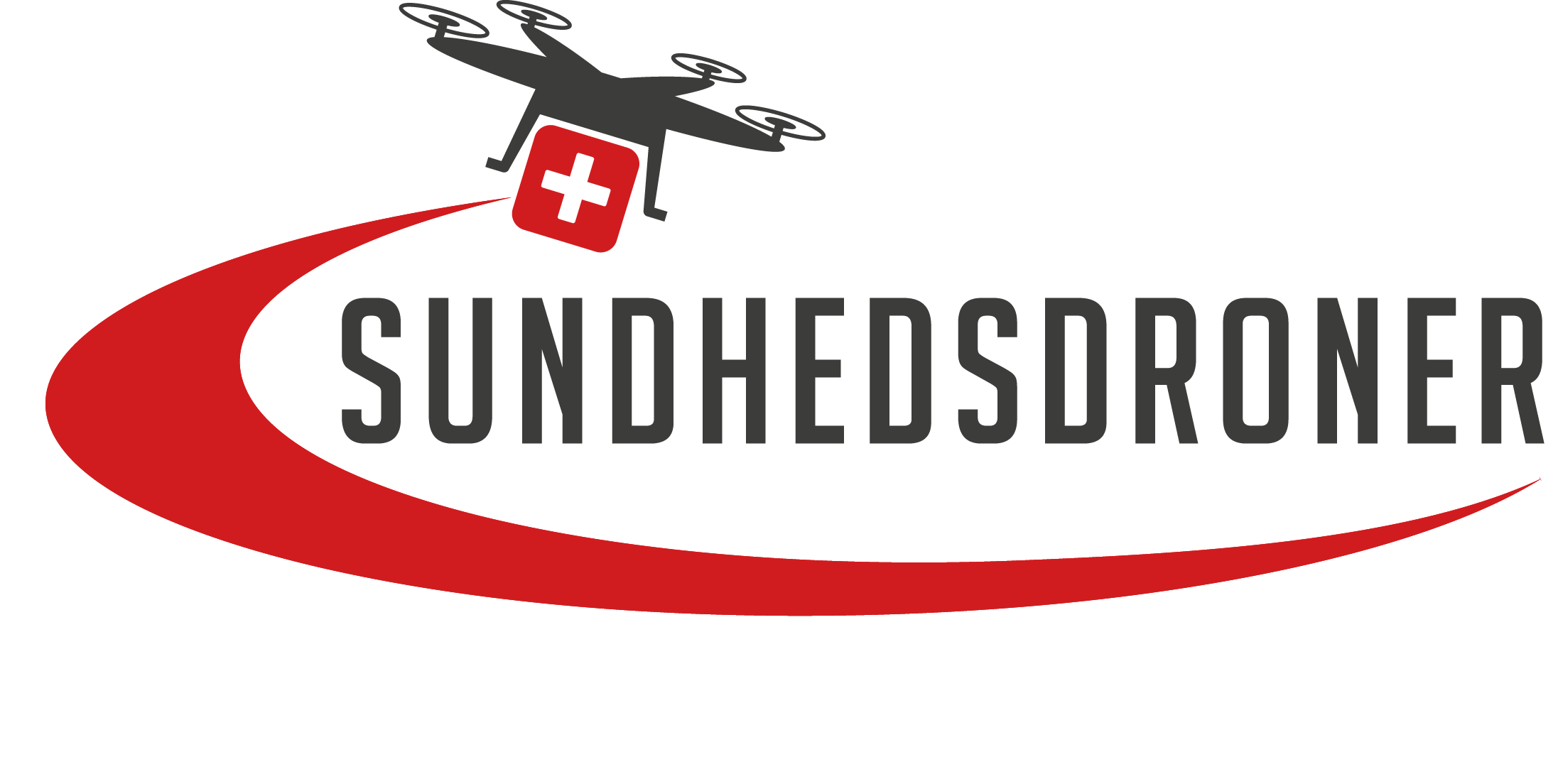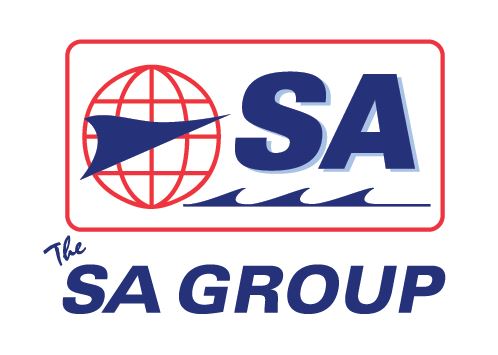Publications
A Methodology for evaluating Commercial Off The Shelf parachutes designed for sUAS failsafe systems
Authors: Vincent Klyverts Tofterup and Kjeld Jensen, SDU UAS Center
Publication: International Conference on Unmanned Aircraft Systems Association ICUAS 2019, Atlanta, GA, USA, June 11-14, 2019.
Abstract: Many Small Unmanned Aerial Systems (sUAS) are incapable of meeting the safety requirements to provide a sufficient low risk of a fatality while operating above populous areas or gatherings. A recognized mitigation of this risk is a failsafe system that in the event that the sUAS is unable to maintain stable flight, terminates the flight and activates an emergency parachute. This paper proposes a methodology for assessment of Commercial Off the Shelf parachutes for sUAS failsafe systems. The methodology encompasses the evaluation criteria for the selection of parachutes based on a userdefined Maximum Takeoff Weight and the failure scenario tests for assessment of reliability and efficiency. The current standard specification on parachutes for sUAS published by the American Society of Testing and Materials has inspired
the failure scenario tests. These failure scenario tests consist of a bench/destructive test and a full power cut test. The multirotor used for test of the proposed methodology is a ∼ 2kg hexarotor. The results suggests the use of one specific parachute. Furthermore, the deployment time and impact energy have been estimated to be 1.2s and 21J, respectively. This impact energy suggests a probability of fatality of less than 0.01. This work is the first step towards selecting and evaluating parachute systems for sUAS. The proposed next steps are the refinement of the assessment of parachutes and increase of parachutes included in the failure scenario tests. Additionally, this will lead
to the development of parachute recovery systems for sUAS with manual and autonomous triggering.
Index Terms - emergency procedure, recovery system, flight termination system, free-fall testing
Link to full article on www.ieee.org
Towards a Tool for Assessing UAS Compliance with the JARUS SORA Guidelines
Authors: Kristian Husum Terkildsen and Kjeld Jensen, SDU UAS Center
Publication: International Conference on Unmanned Aircraft Systems Association ICUAS 2019, Atlanta, GA, USA, June 11-14, 2019.
Abstract: The Unmanned Aerial Systems (UAS) legislation in the European Union will expectedly become unified by 2020. This legislation divides UAS operations into three categories, one of which is the Specific category, in which operations of higher risk will be placed. Permission for UAS operations in the Specific category is granted based on a Specific Operations Risk Assessment (SORA). The risk assessment categorizes operations into Specific Assurance and Integrity Levels (SAILs), which determines the level of the requirements for the operation such as operational procedures, training of the remote crew, UAS specification and maintenance etc. However, a conceptual gap exists between the defined technology requirements for UAS and the available UAS platforms. In this work, a prototype assessment tool based on the SORA defined technology requirements has been developed. The tool is a web-based questionnaire, which pulls the questions from a data structure and stores the answers in a database for analysis. Upon completion of the questionnaire, the user receives an automatically generated evaluation report. The evaluation report points out the areas of inadequacy and provides suggestions for mitigating these. The tool in its current state has been used to evaluate four commonly used UAS. The four UAS have been tested for SAIL II through IV, and the results show that only one of the selected UAS complies with SAIL II. Future work is to refine the tool including the list of questions and the UAS evaluation report generator, based on feedback from UAS domain experts and to expand it to cover fixed-wing UAS.
Link to full article on www.ieee.org
Towards a Weather Analysis Software Framework to Improve UAS Operational Safety
Authors: Tobias Lundby, Martin Peter Christiansen, and Kjeld Jensen, SDU UAS Center
Publication: International Conference on Unmanned Aircraft Systems Association ICUAS 2019, Atlanta, GA, USA, June 11-14, 2019.
Abstract: Unmanned Aerial Systems (UAS) operations are evolving towards autonomous flight beyond visual line of sight (BVLOS), which requires moving assessments normally conducted by the remote pilot to the autonomous software. An important assessment currently conducted by the remote pilot is whether the current weather conditions pose a safety risk to the flight. This work deals with the development of a software framework for analysing weather data. The developed framework is capable of providing a weather analysis report to a remote supervisor or to an autonomous decision-making software. The software framework has been tested using historical weather data for a full calendar year provided by IBM. The weather data was applied to four different UAS ranging from small UAS to a passenger UAS. The results obtained show that during a full year, flight was possible from 53.9 % to 95.8 % of the time depending on the UAS. We consider the software framework an important step towards improving the operational safety for autonomous UAS operations under BVLOS conditions. Index Terms - weather conditions, weather analysis, autonomous operations, UAS safety.
Link to full article on www.ieee.org
Weather analysis
Author: Tobias Lundby, SDU UAS Center
Publication: January, 2019
Introduction: The aim of this technical paper is to assess the feasibility of establishing healthcare drone logistics between the cities Odense and Svendborg in Denmark with regards to weather conditions. Weather data from the year 2016 is analyzed to determine time intervals where drones are unable to fly due to extreme weather conditions. The analysis builds upon results from my master’s thesis and the weather theory and analysis methodology are described herein.







